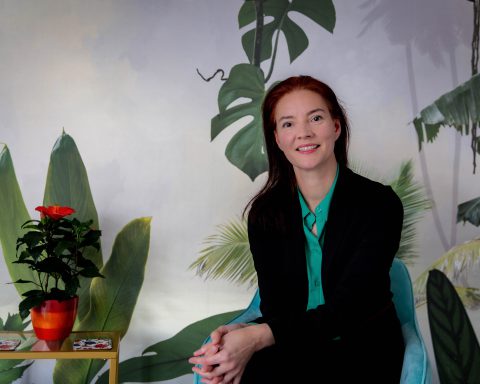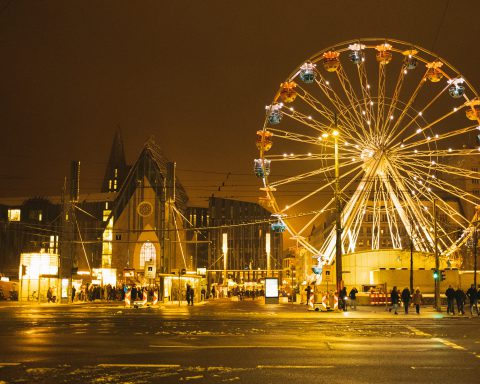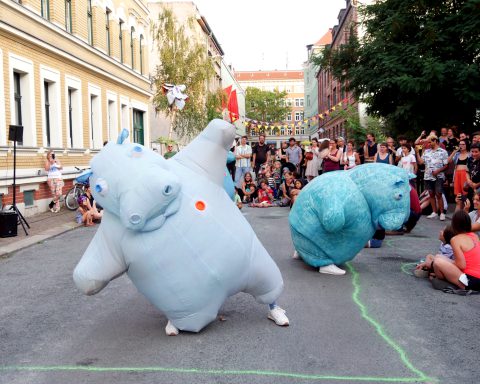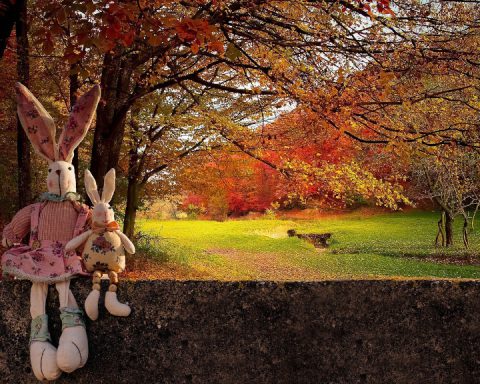Are you or someone you know grieving? If you’re currently helping refugees or going through any type of life change, this will be for you. Anytime we leave behind life as we know it, we actually mourn that which we’ve left behind. Be it for something small like moving apartments, or big like fleeing a war. Every single time, no matter if we want to or not. But fortunately, there is a pattern to the ensuing emotional mess. Let me introduce to you: the Kübler-Ross grief cycle.
The framework traditionally has five stages that people iterate through over and over again. The order and severity of each stage, though, differ for each person, their personal circumstances, and their environment. Psychologists are divided on the whole matter (when are they not?) Nonetheless, I found it tremendously helpful, so let me share my experience with it. The five stages are denial, anger, bargaining, sadness, and acceptance. What could that mean for you?
Denial: “This is not happening!”
It’s a refusal to acknowledge an uncomfortable situation. In my experience, this can show up in several ways. The flat-out “no, I won’t allow myself to think/feel this” and trying to live life as if nothing has happened. This is usually manifested by sticking to rituals and routines even if everything inside of us rebels against them.
Denial can show up as hyperactivity.
Turning to work and thousands of hobbies to make sure there is not a single minute in our day to face our inner tumultuousness. And of course, there is the “numbing” through various substances. Or full immersion in online worlds in order to suppress these feelings that want to come up. Denial can be an incredibly helpful response if a person doesn’t feel safe, physically and emotionally, or supported enough to face their grief. This is fine as long as it doesn’t become a long-term coping strategy.
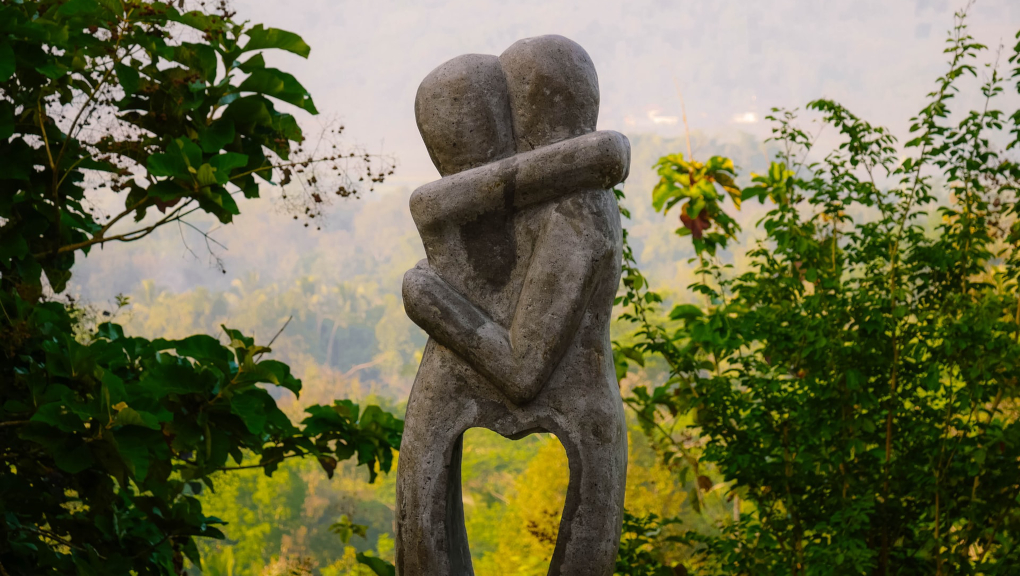
Thus, if you’re caring for a person who “should” be steeped in grief but is in complete denial, don’t push them, they will get there on their own time. However, do provide an emotionally safe environment as much as possible. When grieving a small or big life change, even the positive ones, you might experience a feeling of disconnectedness from the world. A void, an inexplicable inner numbness. This is normal and will pass relatively quickly. Eventually, all of us will move to the decidedly uncomfortable emotional stages: anger and sadness. Anger is often the easier response as it can be used as a defensive shield, while sadness requires a lot of scary vulnerability.
Anger can be so incredibly confusing.
Perhaps your grandma died and of course, you are sad, but why the hell do you fly into fits of rage at the slightest provocation? Yeeeppp, totally normal. Or perhaps you have a friend who has finally quit their terrible job. They should be happy now, but keep picking petty fights for no reason whatsoever? Not unusual. Things get a bit messier if a grieving person has been “wronged”, thrown into their situation through external circumstances. It’s the terminally ill raging at God. It’s the person fired from their job hating everything and anybody from their old company.
Or perhaps it’s a refugee who, instead of expressing gratefulness for your helping hand, is shouting in your face.
None of which has to do with you or the company (even if arguably terrible) or with God. But it’s all about a grieving person processing their difficult emotions. Expressing their anger will be incredibly healing for them.
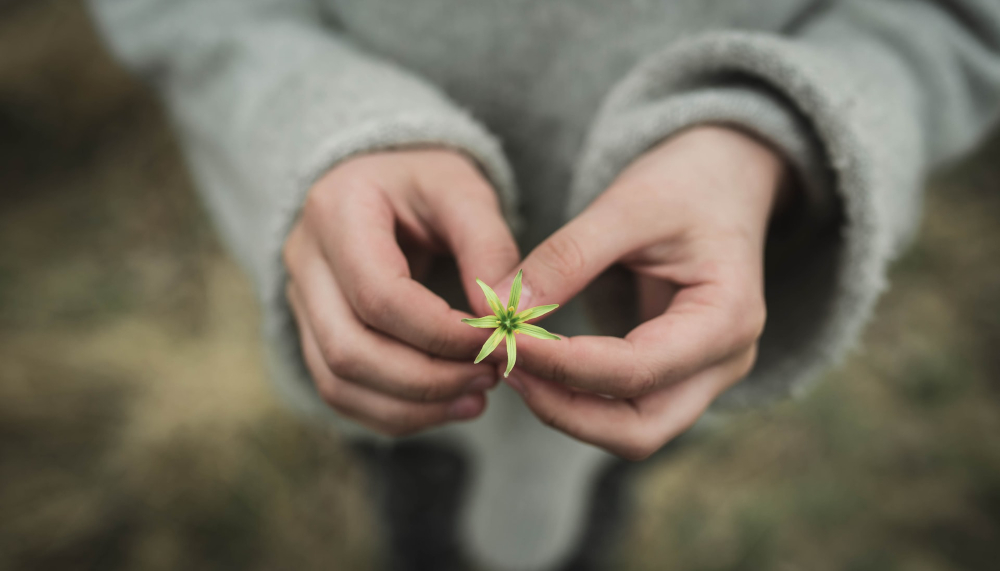
So if you are in the fortunate position of having a pretty happy life, perhaps you can just hold space for them to let it out? Don’t egg it on, don’t actively engage in it, most definitely don’t take it personally or literally! And unless harmful to you or others, or persisting for long periods of time, don’t try to soothe it. Just let it flow out of the other person.
We all have to move through our anger, as uncomfortable as it might be.
Unfortunately, this might be especially difficult for women who have experienced gender-typical Western socialization. Due to social conditioning, they may not feel comfortable or supported in their expression of anger. If that pertains to you, can you think of a way to safely rage? Journal perhaps, or scream into a pillow. Ask your best friend if they’d jump on a call and allow you to vent for 30 minutes. Take a boxing class, or, my favorite, use it to furiously do evil household chores. Whatever you do, try not to involve innocent bystanders like your children, an unsuspecting partner, strangers on the internet, or that annoyingly loud person on the tram. We will, of course, all fail in that. That’s OK. But the bravery of expressing our anger while minimizing collateral damage is absolutely applaudable!!
Then there is sadness.
Arguably the most expected reaction to grief, however also the most terrifying, in my opinion. The world going grey and gloomy and no one ever knowing when it will finally stop. If the grief is intense, there might be uncontrollable crying. With sobs that shake your body like a rag doll, with emotions that literally physically hurt. I call it “vomit crying” for its resemblance to a bad stomach bug. You can’t help or stop the violent outbreak of a full-body cry, just like you can’t help but vomit during a bad case of food poisoning. And you will feel just as exhausted afterward.
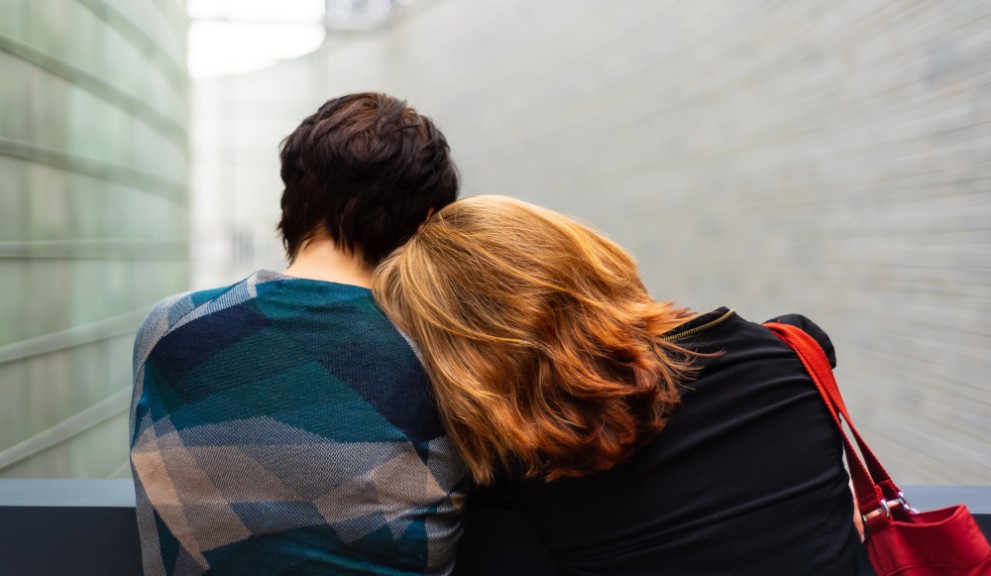
It goes without saying that anybody going through this would need a safe space to do so, with adequate time to rest and recuperate. And even in the absence of tears, the deeply felt sadness and melancholy of grief can be incredibly debilitating. There’s little energy to get stuff done, no matter how important. The brain is too foggy to prioritize or focus, and critical things fall through the cracks. A person in the throes of sadness or even depression needs a helping hand. Not a thousand extra requirements, simply time and space to move through it all at their own pace. Any advice will sound hollow here.
But a warm smile and hug can do wonders.
As a bystander, it’s absolutely vital to not get pulled into their sadness, but instead to create a warm, safe, peaceful space of subtle sunshine. And if you are the grieving person, know that it will be better one day, even if it doesn’t feel like it right now. But believe me, it absolutely will. Especially if you can simply let these emotions flow through you without holding onto them too tightly. Allow yourself to be sad, absolutely get professional help if it persists, and give yourself all the permission to hole up at home. No matter what other people might think.
Sadness and crying can be very difficult for men, given social stereotypes.
Instead, it will be masked as anger without the person even realizing it. I am no expert on this whatsoever, but perhaps helping them reflect on what they are actually feeling (if they’re open to it) might be a helpful first step. And for all of you fantastic-life-change people, just know that sadness for you probably shows up as a form of nostalgia. Or an occasional, out-of-the-blue cry fest that has absolutely no discernible cause. Again, totally normal, just allow it to come out.
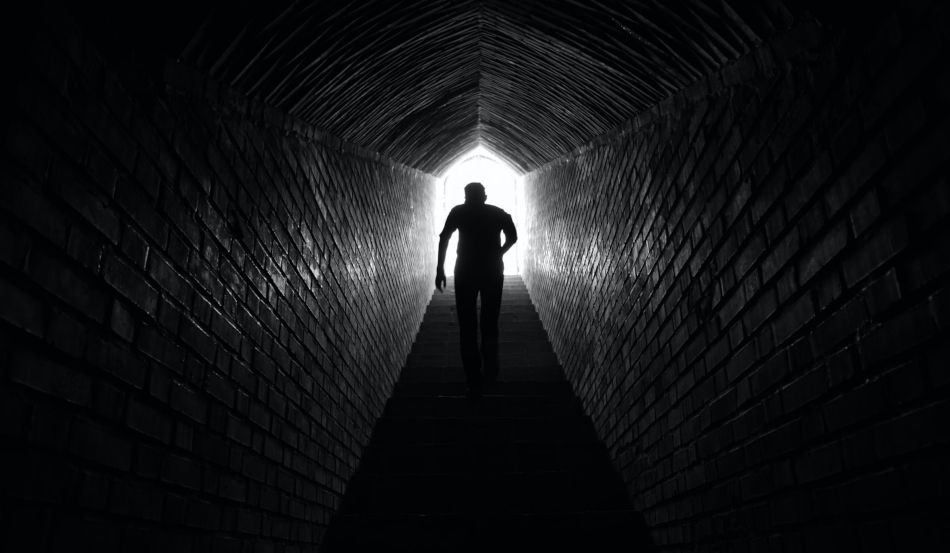
I know it can be incredibly frustrating, as a bystander, to watch another person suffer through their anger or sadness. However, after the first intense days or weeks, you will probably find them in a more neutral emotional space after they come out of one of the phases. This is when you can engage with them about it actively. That’s important too. Because we sometimes feel so justified in our grief, or unaware that it is even happening (in the case of positive life changes), we can get stuck in it.
A quick note on bargaining.
This is the stage where people try to hold onto the old. “If I do x, then surely all will be well again, right?” Remember the first wave of the pandemic, when we were urged to “flatten the curve”? How many of us believed that life would immediately go back to normal after the curve had been squished? Deep down, I think every single one of us did, even if the epidemiologists tried to tell us otherwise. That’s bargaining. On the very upside, this is the stage where a grieving person usually seeks out others; when they are very open for input. They’d like to share their hopes and their plans, and it gives you a way to actively connect with this person versus the more passive support of the other stages. Here, you can help them work through a life change on the rational level. Exploring opportunities together, realizing when it’s time to let go of something for good, and cognitively addressing underlying fears.

All of which becomes even easier and more impactful as a person moves into acceptance.
The ultimate stage of the grief cycle. By coming more and more into acceptance, the difficulty of the situation slowly dissolves. A new normal, infused with balanced emotions, materializes. It’s that phase when we aren’t homesick anymore after moving to another country. Or when we can think mostly fondly, instead of sadly, about a passed loved one.
It’s at this point that our grief resolves.
If we can start the grieving process with acceptance, if we can let life changes–both desirable and unwanted–take place with as little resistance as possible, then our overall perception of our time on this little blue-green planet will be so much more positive. Still painful, or at times incredibly confusing, but overall with a bigger chance for growth and happiness.
But that’s the long-term perspective. For now, just grieve and let grieve, dear ones.


